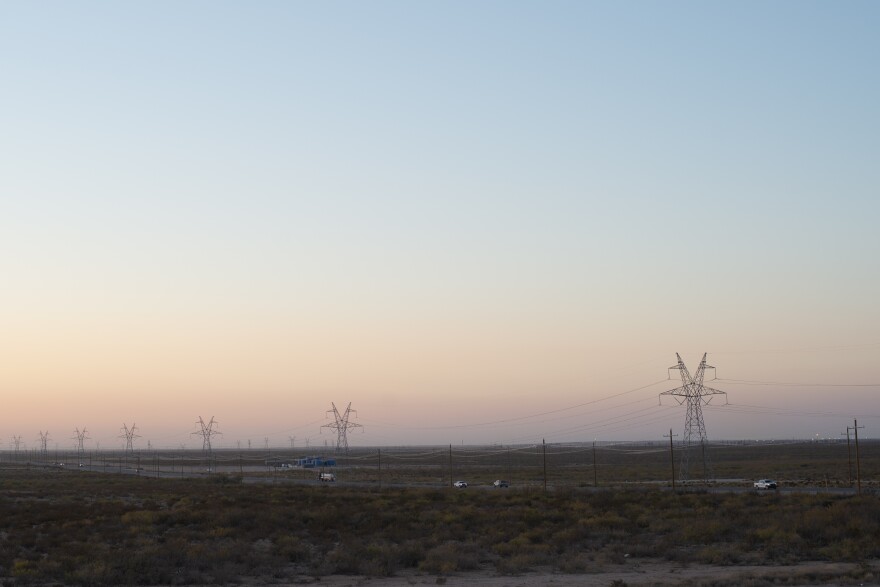By Mitch Borden
At the beginning of 2020, the oil industry in the Permian Basin was humming along without any idea that looming on the horizon was a historic oil bust. Months into last year, an eerie quiet—brought on in part by the coronavirus pandemic—settled over the West Texas oil fields as prices plummeted. One of the places where the industry's muted activity became clear: the notorious U.S. 285, also known as 'Death Highway.'
In this episode of Quiet & Loud, we take a look at how this active road that runs through some of the busiest parts of the Permian Basin has changed.
Traffic has majorly decreased along U.S. 285 since the beginning of the pandemic. A price war between Saudi Arabia and Russia dropped the price of oil beginning in March of 2020 and then coronavirus lockdowns caused the demand to drop further. The price bottomed out on April 20 when West Texas Intermediate oil futures sank to negative $37 a barrel.
Over 100,000 people in the American oil and gas industry have lost their jobs through the one-two punch of the pandemic and oil bust. On U.S. 285, which is known for being dangerous because of the oil field trucks and workers crammed onto the small rural highway, things have calmed down as rigs were stacked and workers laid off.
Harvey Carrera is a tow truck driver based out of Pecos, Texas and has a lot of horror stories after responding to so many car crashes on U.S. 285. He says people probably wouldn't believe most of his stories if they drove out on the road right now.
It's quiet, which means he and his company are responding to less accidents. That's a positive according to Carrera but that also means he's having to work harder to make money. He says lately he's been having to repossess oil field equipment a lot more than he was a year ago.
Outside of Loving, NM a drilling rig keeps watch over an RV park with plenty of vacant spaces. It's a chilly gray day and there aren't a lot of people out. U.S. 285 runs through Pecos, Texas and Carlsbad, NM, roughly 80 miles separate the two cities. Along this stretch, there are a collection of RV parks and man camps for roughnecks. At one time, these outposts would have been filled to the brim with workers from across the country, but now it doesn't seem like it would be that be hard to find a place to stay on 'Death Highway.'
Oil prices have recovered and are currently hovering around $50 a barrel. U.S. 285 is busier than it was in the spring, but it's still unclear when or if the Permian Basin will return to what it once was.
The uncertainty has some workers reminiscent for the days when U.S. 285 earned the nicknames 'Death Highway' and 'Highway to Hell.' It may have been dangerous to drive back then, but the way oilfield workers see it, at least more people were making money off of West Texas oil.
Drilling is getting back on track, but there are still signs that it is nowhere near what it used to be in West Texas. On the side of U.S. 285, a large American flag hangs over a dried-up pit where water used for hydraulic fracking used to be stored. This pool would have been filled a year ago with water, now its dregs slowly evaporate.








